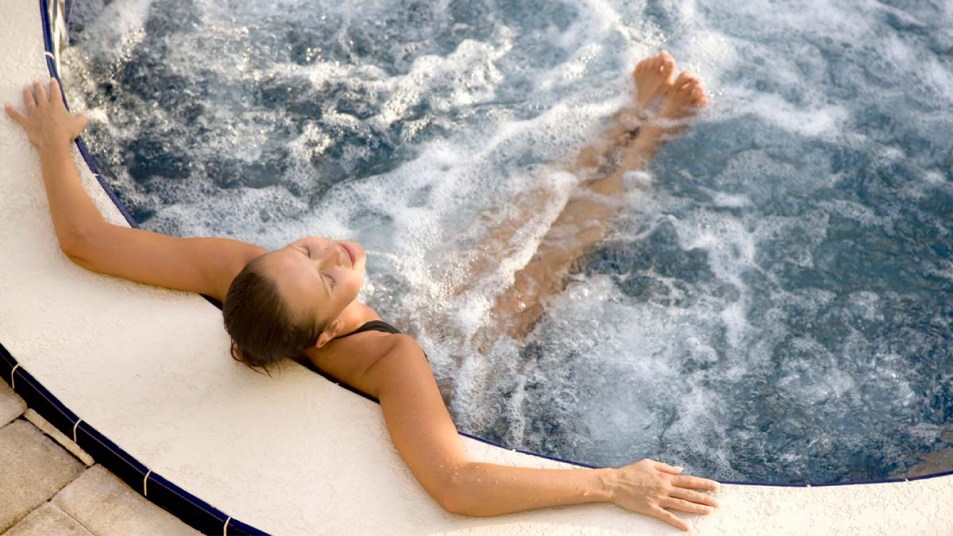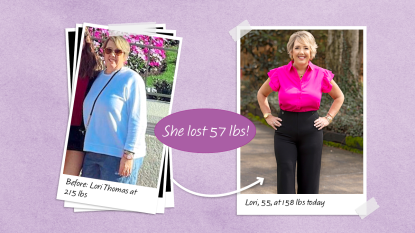Avoid Overheating and Dizziness in Your Hot Tub With These Tips

There’s no better way to wind down than by taking a relaxing dip in the hot tub. The warm, soothing water seems to melt away the stress and tension of the day — and with plenty of nice summer weather ahead of us, you might be taking regular dips in your outdoor jacuzzi. But it’s important that you know how to use your hot tub safely, in order to avoid feeling dizzy or even having a fainting episode known as “heat syncope.”
What is heat syncope?
As we age, we’re more sensitive to extremely hot temperatures and environments. Beyond breaking a sweat, heat causes our blood vessels to expand and moves bodily fluid to the legs.
This effect can ultimately lead to a decrease in blood pressure, after which heat syncope can occur. The experts at Cigna note that symptoms of heat syncope include the following:
- Feeling faint or lightheaded
- Pale, cool, and moist skin
- Lightheadedness when changing position, such as moving from a lying position to a standing position (orthostatic hypotension)
A 2020 study published in Annals of Cardiology and Vascular Medicine revealed that hot tubs may cause heat syncope — especially if the water temperature is set high and the person is sitting in the water for a long period of time. Researchers also warned that while heat syncope in a hot tub is uncommon, it can result in drowning.
Fortunately, you can stay on the safe side this summer by paying attention to your hot tub features and the time you spend lounging in it.
How do you avoid it?
According to Healthline.com, spending 10 to 15 minutes in a hot tub at its maximum temperature is generally safe — as long as you’re used to it. Hot tub manufacturer Cal Spas advises that hot tub sessions do not exceed 30 minutes in order to avoid symptoms of heat syncope.
Tend to lose track of the time in your hot tub? AARP.org staff writer Aaron Kassraie offers a simple suggestion. “When the water jets turn off, you should take a break, too,” he writes. “The timer to turn the jets back on is usually placed so that bathers have to get out of the water to reset it.”
Additionally, the CDC recommends you check these three things to ensure your hot tub is operating correctly and to avoid overheating:
- Temperature: The water temperature should not exceed 104 degrees Fahrenheit.
- Odor: A well-chlorinated hot tub has little odor. A strong chemical smell indicates a maintenance problem.
- Equipment: Pumps and filtration systems make noise and you should hear them running if they’re working.
These are just a few things to keep in mind as you prepare to safely relax in your hot tub this summer. As always, it’s a good idea to speak with your doctor about heat syncope if you have any additional concerns.













